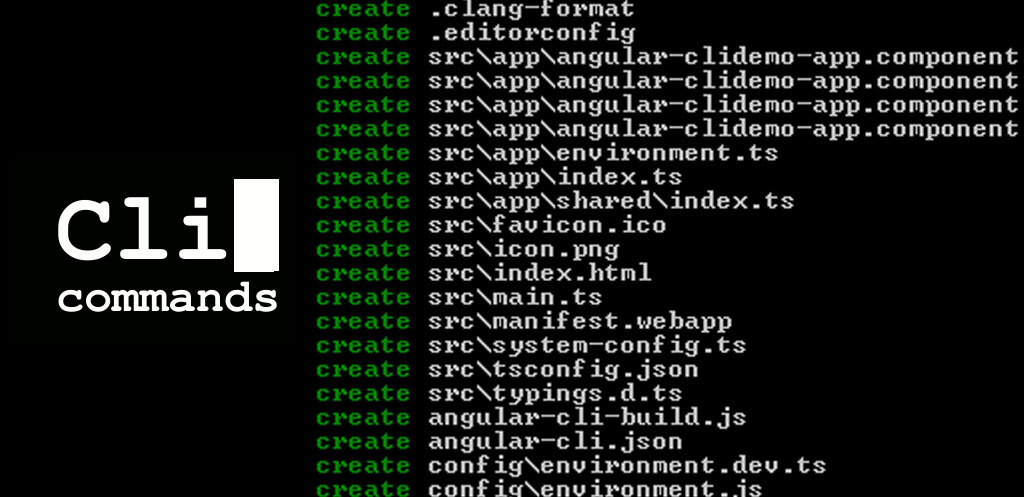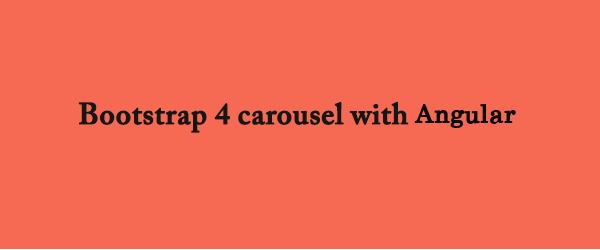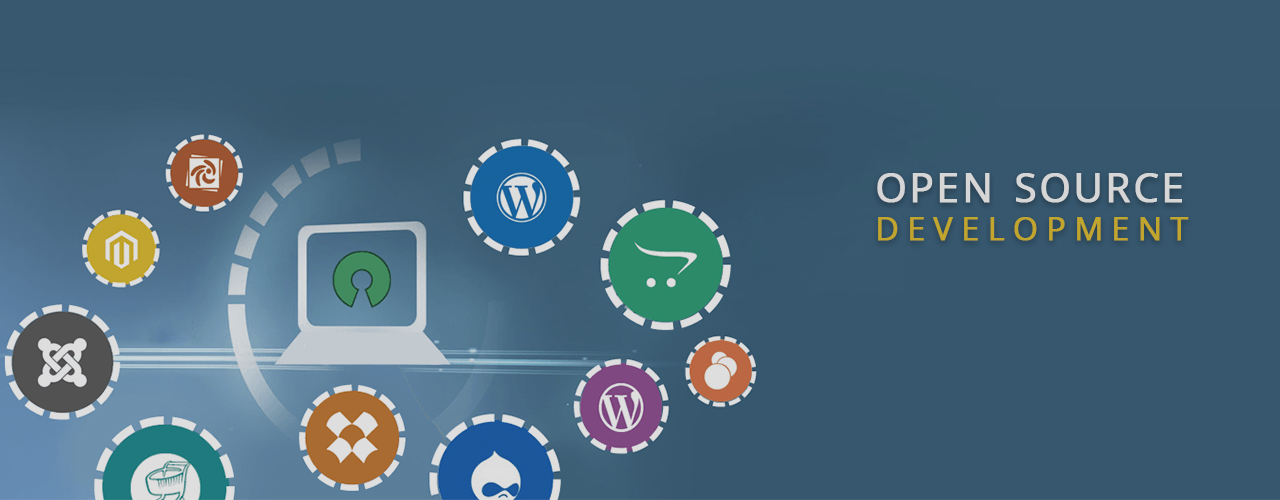Many modern JavaScript frontend frameworks such as Angular, React and Vue are complemented by a standalone Command Line Interface (CLI) program that assists with setting up a suitable development environment. This post will give an overview of CLI and why should we go for this technology.
The aim is to help new developers understand the benefits and trade offs associated with using a CLI tool as opposed to setting up the associated tooling from scratch.
Developing Single Page Applications (SPAs) with modern JavaScript frameworks is a complex activity. Beyond the obvious learning curve associated with a given framework, there is almost always a need for additional tooling.
A typical frontend JavaScript development environment might include a task runner or bundler (e.g. gulp, Browserify or Webpack), live (or hot) code reload, code linting and automated unit testing. The point of all these tools is to help developers and teams write and deploy quality/ well-tested code in an efficient manner.
CLI programs have emerged as a popular way to initiate projects with a rich set of development tooling. While the use of these CLIs is completely optional, they provide good insight into popular tooling within the developer communities that closely surrounds each framework. They can also save a considerable amount of time in both setting up and with ongoing development.
CLI provides all the necessary files by setting them up for your project without any complexity. Yes, there are different ways for installing them for your project but using Command Line Interface is very useful and helpful.
Please share if you like it!
Follow me on LinkedIn
By profession I am a Frontend Developer at Openweb Solutions.







One thought on “What is CLI (Command Line Interface) used in latest JS frameworks”
Comments are closed.